We were lucky to catch up with Jeff Leshay recently and have shared our conversation below.
Jeff, thanks for joining us, excited to have you contributing your stories and insights. So let’s jump to your mission – what’s the backstory behind how you developed the mission that drives your brand?
I appreciate the opportunity to speak with you. I’ve been so fortunate to have embarked upon, and fulfilled, two principal missions during my career, though the power and influence of storytelling is at the core of both.
As a television news correspondent, the mission that energized and propelled me through long hours and tight deadlines – on weekdays, weekends and holidays alike – entailed uncovering and sharing information and perspective to help viewers make informed decisions on important issues that impact their lives.
During the last several years of my TV news career, as my interest grew in economic development, technology and business strategy, I served as a business and financial correspondent with CNBC and Fox News. I learned a great deal from the many leaders, analysts and economists I encountered. However, what frequently surprised me during my on-camera interviews and background discussions was an inability of otherwise successful executives and subject-matter experts to succinctly, simply and persuasively articulate their ideas and insights.
In fact, it wasn’t unusual for interviewees to ask me for advice on how to improve their storytelling skills. One day, when a prominent economist asked me for tips on how she might tighten her messages and improve her on-camera delivery, it struck me that media training just might be a cool and rewarding path to pursue. Not to mention that I had grown weary of rising at 2:15 a.m. each day to prepare for my live morning-show segments at the Fox station in Chicago.
So, after a dozen or so years as a journalist, I switched gears, shifting my communication skills to a new purpose. As a leader at three public relations firms and two publicly-held companies, I honed my media training and presentation coaching skills every chance I got. I loved the satisfaction of helping talented leaders and subject-matter experts maximize their influence through the power of storytelling. And with that mission front of mind, I founded Leshay Communications in 2011.
Thirteen years after launching my own practice, I’m particularly proud to have collaborated with dozens of the world’s most admirable companies and non-profit organizations – and hundreds of their leaders – to successfully communicate with their audiences about the missions, values and benefits of their organizations, products and services.
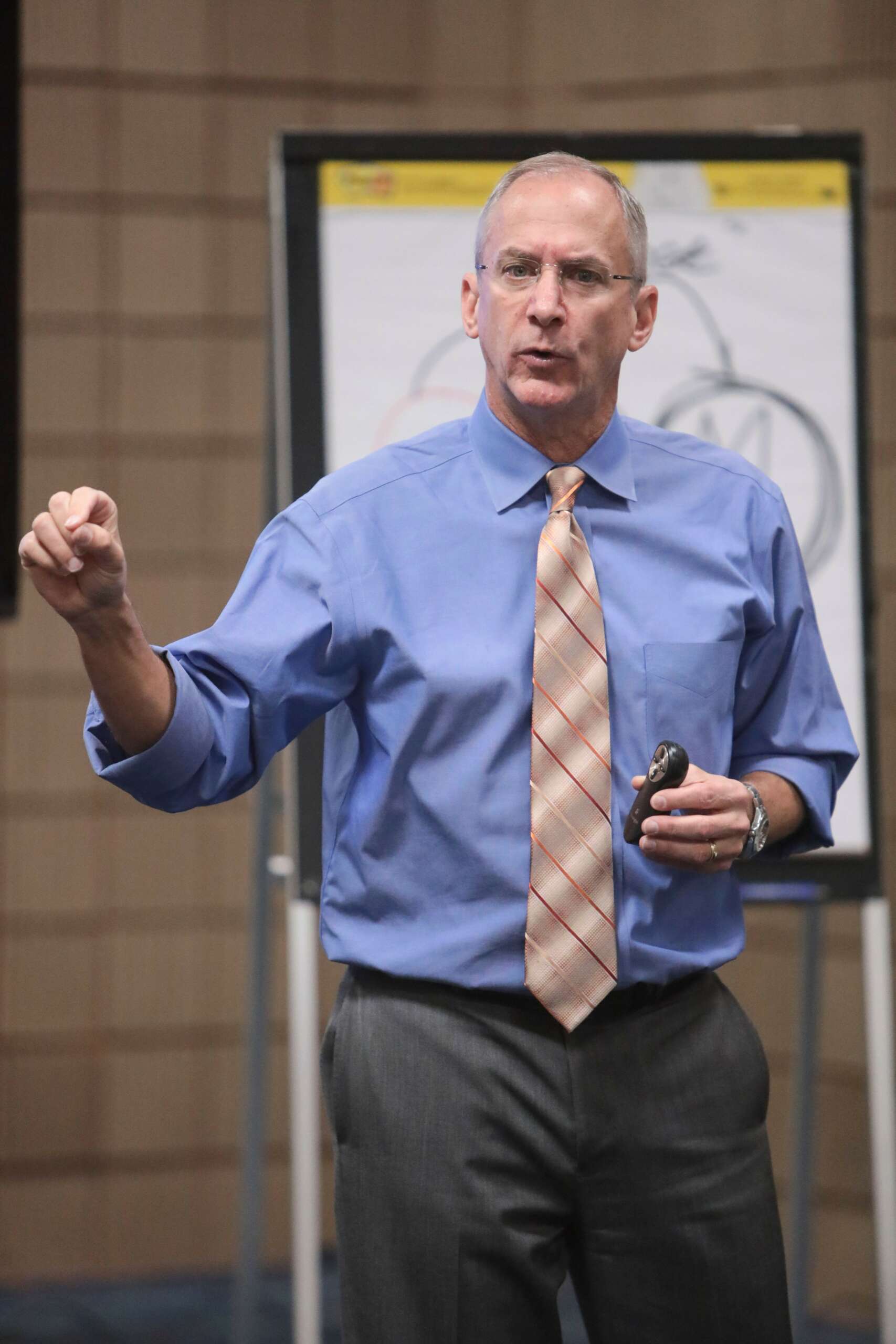

As always, we appreciate you sharing your insights and we’ve got a few more questions for you, but before we get to all of that can you take a minute to introduce yourself and give our readers some of your back background and context?
I leveraged my experience as a writer and news editor at UCSB’s Daily Nexus to land an associate producer job at the budding Financial News Network (which later became part of CNBC), and spent a couple of months freelancing for The Associated Press in the Philippines during the violent turmoil leading to the overthrow of President Ferdinand Marcos.
It was from Manila that I applied to Northwestern University’s Medill School of Journalism. I honestly didn’t think I’d get accepted to the graduate program there, but I got lucky, and that hands-on, real-world program fueled my passion for journalism and accelerated my career in TV news, though like so many I had to pay my dues in such small markets as Yuma, Arizona, and Colorado Springs. Those experiences led me to higher-profile jobs as an on-air correspondent for CNBC and Fox News in New York and Chicago.
With what I like to call a 360-degree perspective on corporate and leadership communications, I launched my own practice 13 years ago to focus specifically on helping leaders and emerging leaders maximize their influence in presentations and media interviews. It’s wonderful to see executives leverage the power of storytelling with internal and external stakeholders to help drive success and build their own personal brands of leadership.
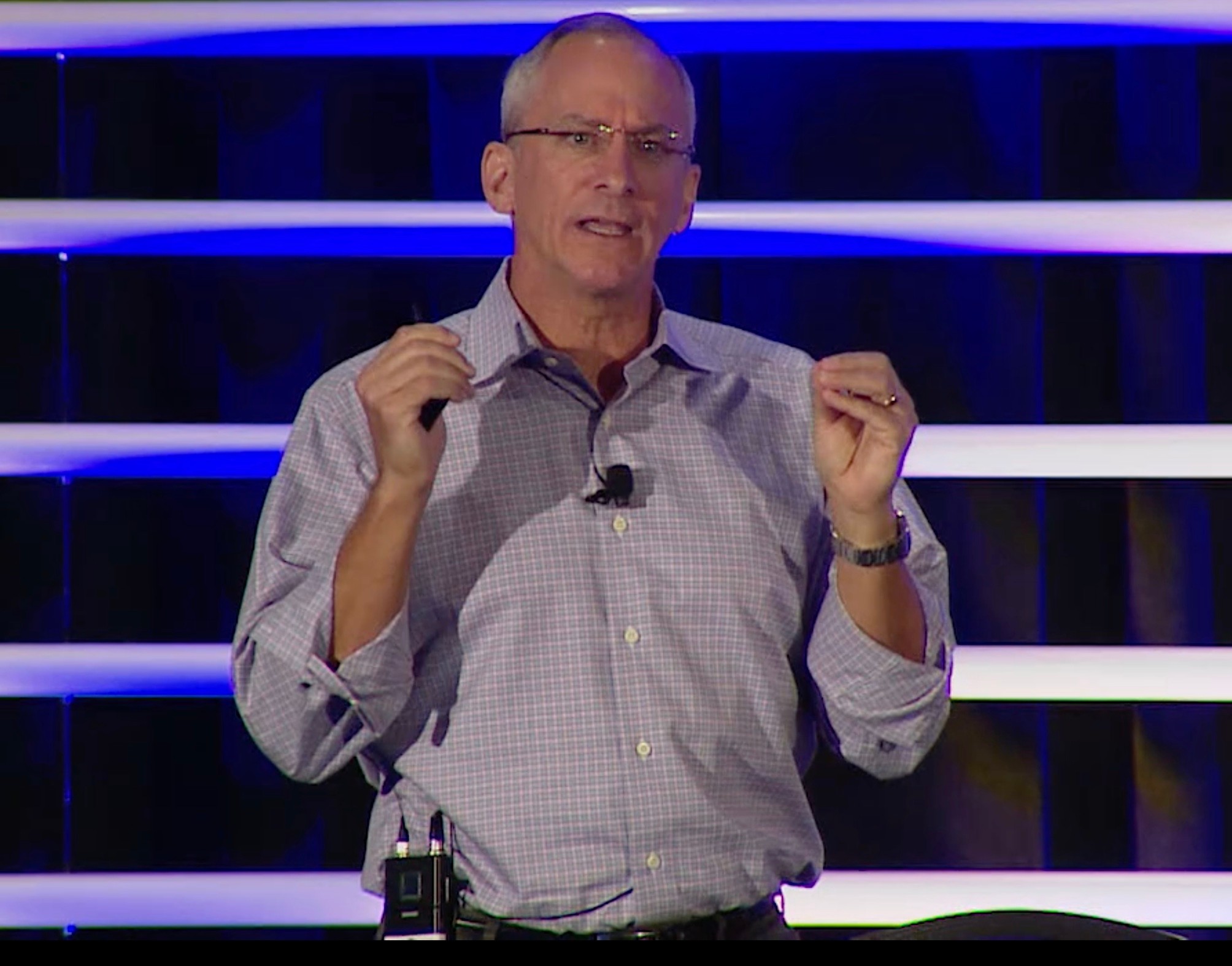
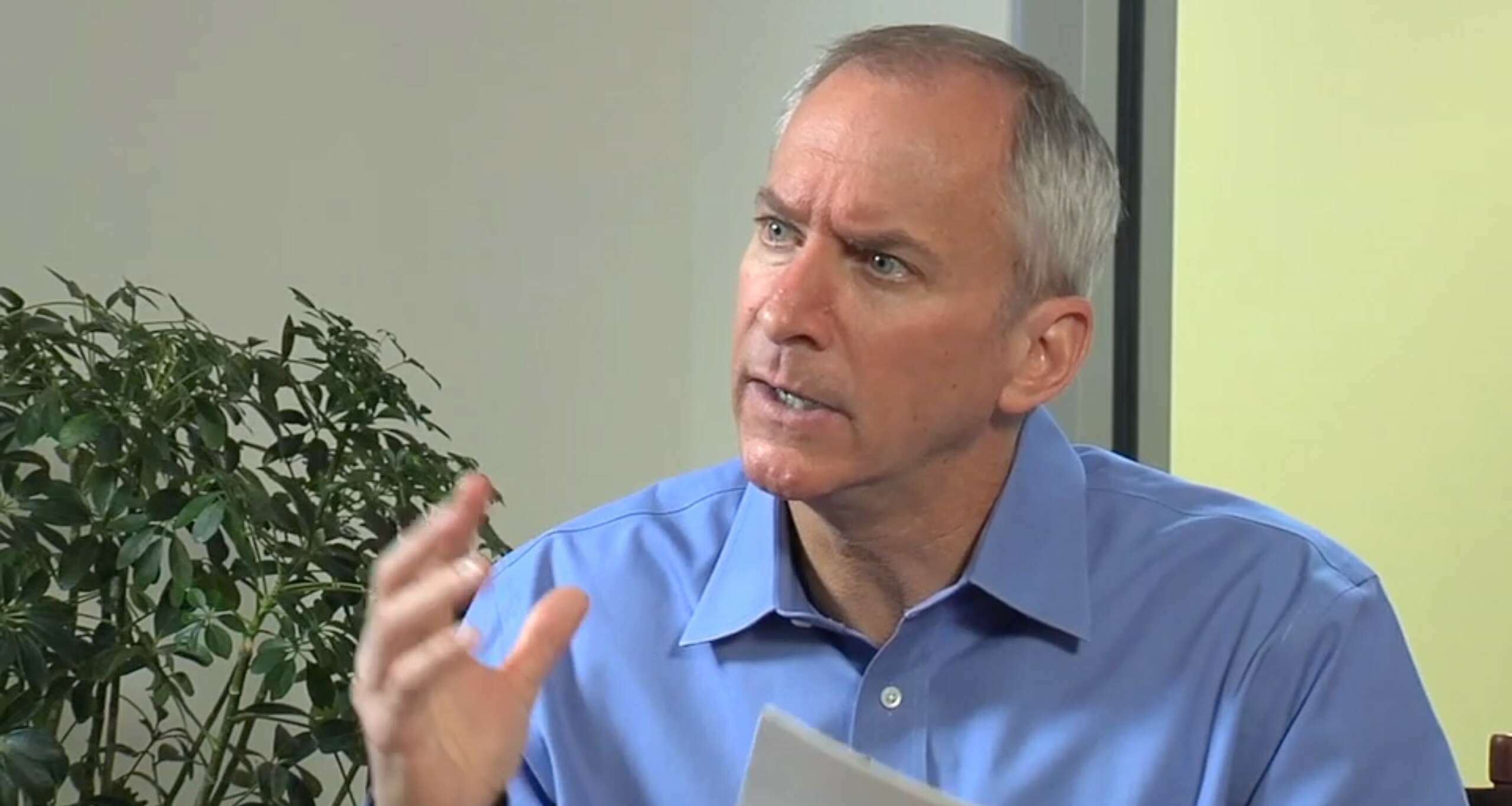
Have you ever had to pivot?
Fortunately, I had periodically conducted virtual sessions for clients and was comfortable in the on-camera environment. More importantly, I realized that my client companies and their leaders were going to need to continue communicating effectively with their stakeholders and media – and learn to do so effectively on camera. So, with greater focus on virtual presentation techniques, I successfully encouraged them to resume their training programs remotely.
As the pandemic dragged on, my clients realized the benefits of virtual communications – from greater scheduling flexibility, especially when multiple people based in different locations are involved, to reduced travel obligations and expenses. They also understood that virtual platforms would continue to be a mission-critical part of the communications landscape, and thanks to the trust they placed in me and their kind referrals to others, my business grew in new and unexpected ways.
Most recently, and in order to extend the reach of my proprietary methods, I launched an online course titled, “Presenting with Persuasion: The Premier Fast Track to Powerful Storytelling.” The feedback I’ve received from C-suite executives and emerging leaders alike has been particularly gratifying.
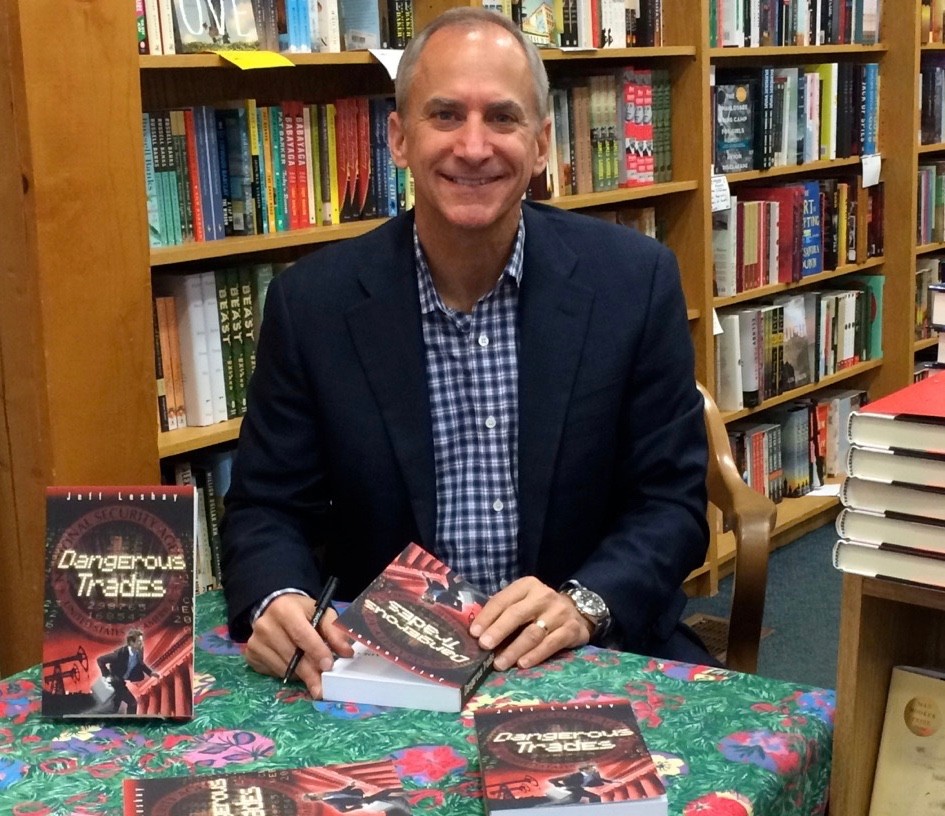
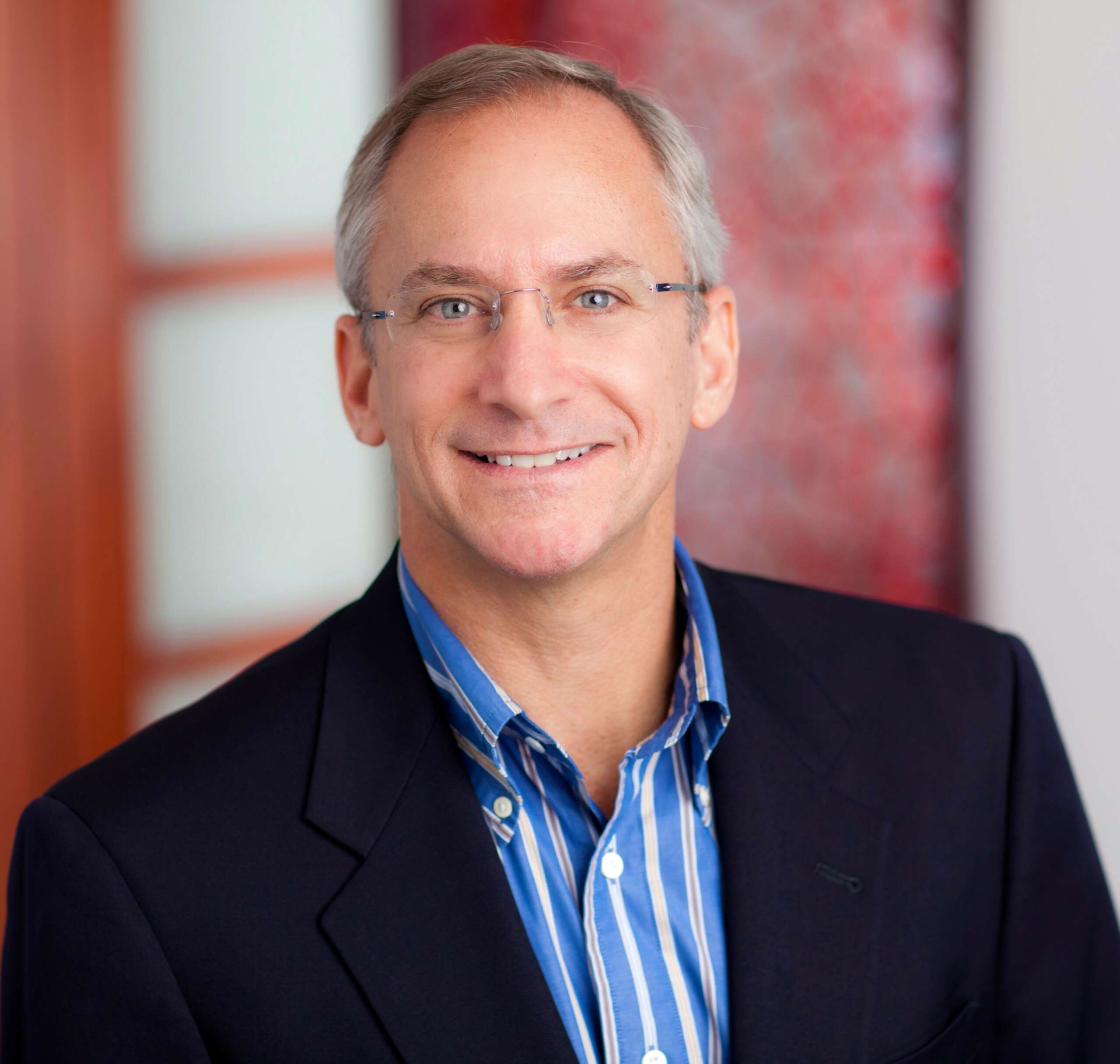
What’s been the most effective strategy for growing your clientele?
I’ve never been comfortable with selling and marketing my own services in the traditional sense of those terms. During my PR agency days, my least favorite activity, though an important one, was the identification and pursuit of new business opportunities.
Some of my colleagues got up each morning with the hunt for new clients and revenues front of mind. As one of them used to say, “New business solves all of our problems.” But others, including myself, were more focused on going the extra mile for existing clients and growing the business organically. In the big agency world, those different mindsets can serve to harmoniously drive growth.
In my own practice, however, I’ve relied on what I half-jokingly refer to as the most effective marketing “non-strategy” – focusing narrowly on just two or three core capabilities, delivering those services with excellence, and becoming known as a leading expert in those specific areas.
When people have a clear sense of your brand, the problems you help them solve, and the specific benefits you deliver, they’ll refer you to others. Throw in occasional social media posts, video blogs and emails that unselfishly provide valuable tips and showcase your thought leadership, and your distinct brand will stay fresh and appealing to your network. For this non-salesman, that marketing non-strategy has been the most effective engine of growth!
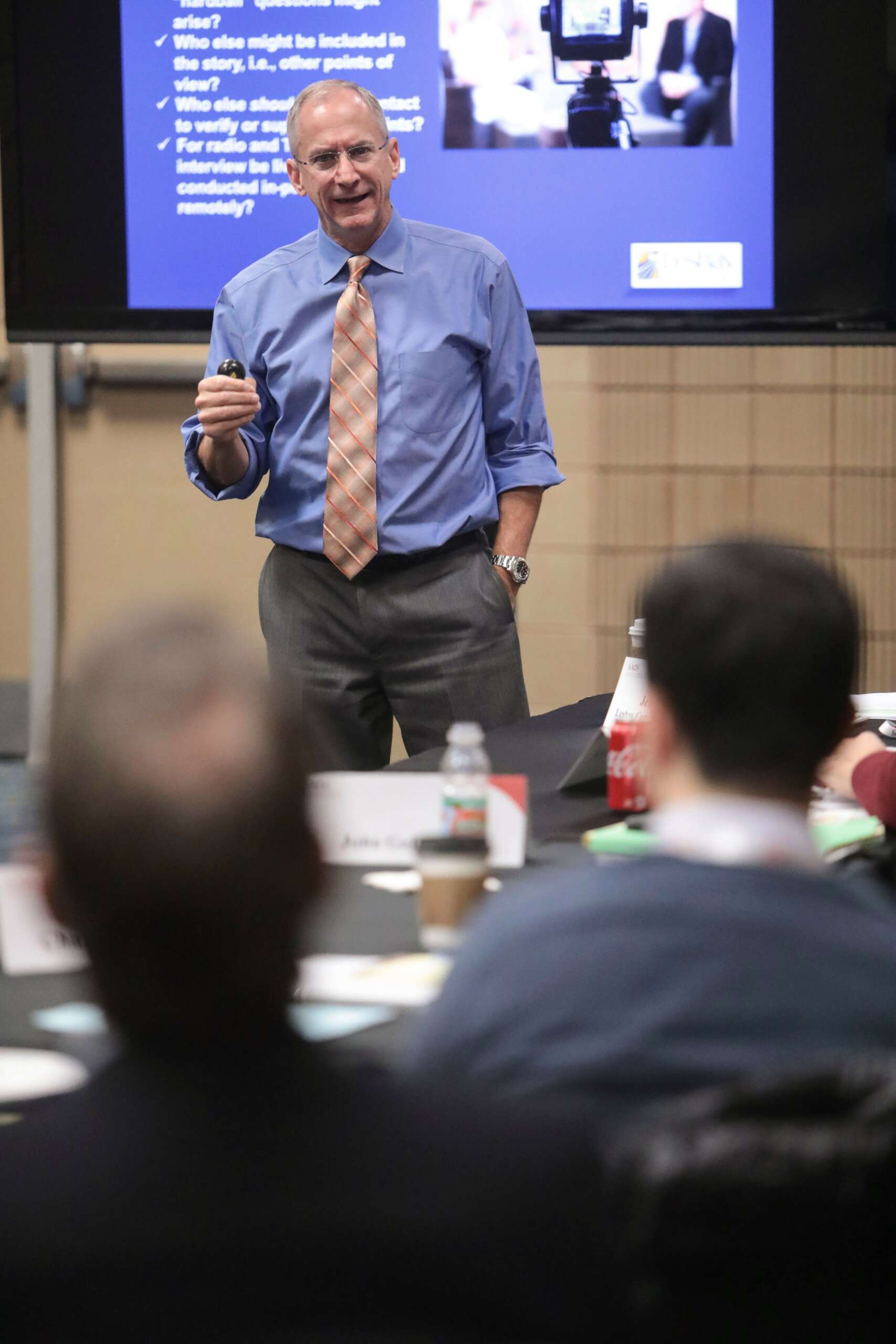
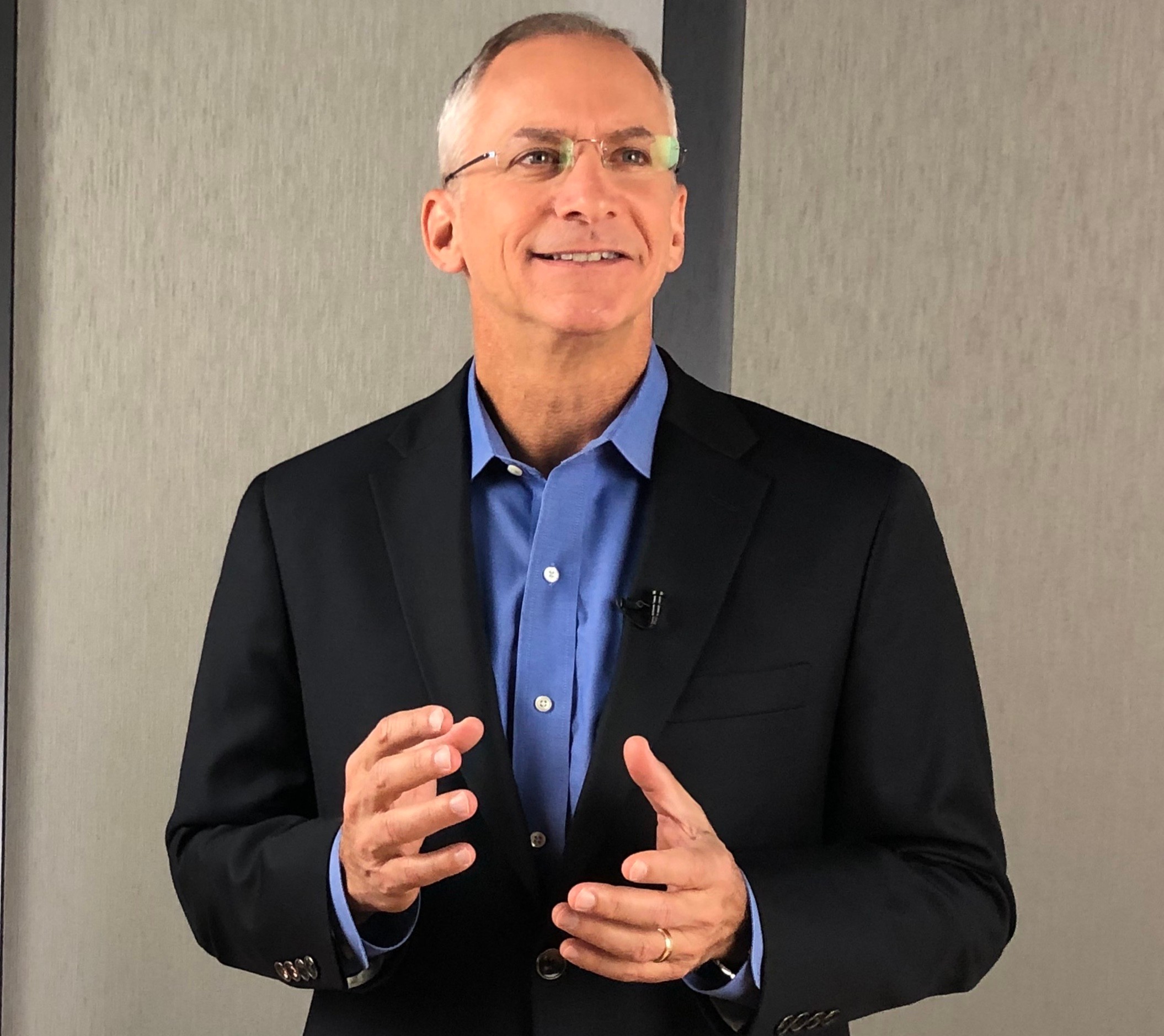
Contact Info:
- Website: www.leshaycommunications.com
- Linkedin: https://www.linkedin.com/in/jeffleshay
- Youtube: https://www.youtube.com/@jeffleshay622
- Other: www.leshaytraining.com


